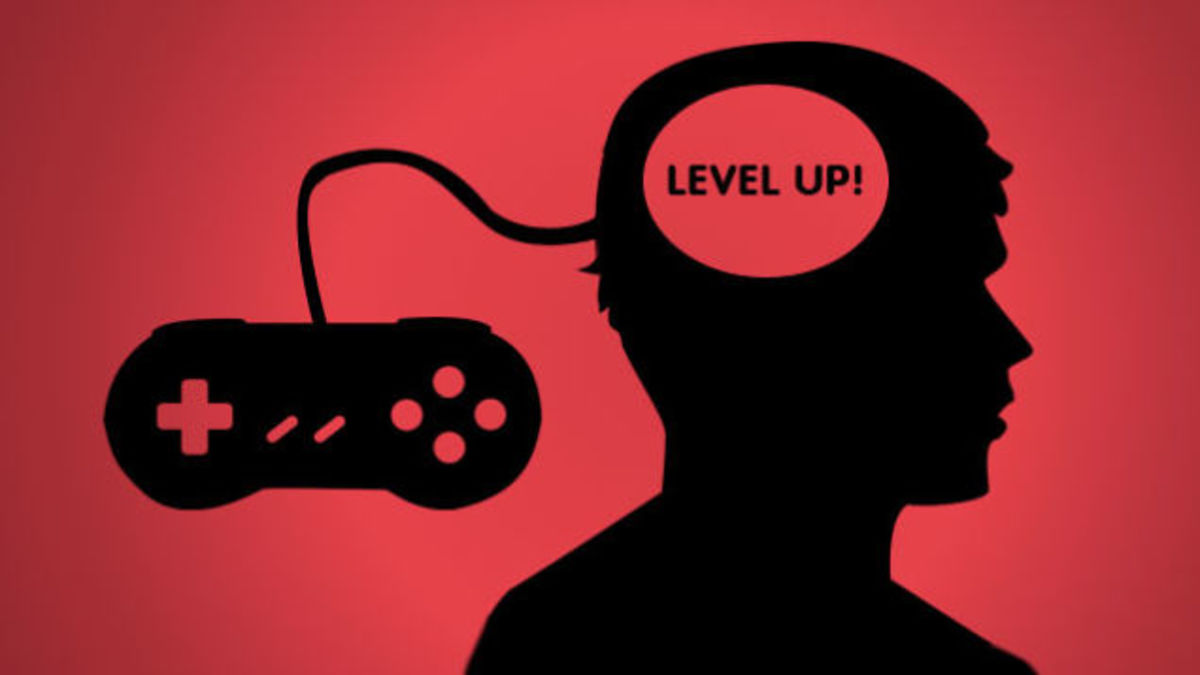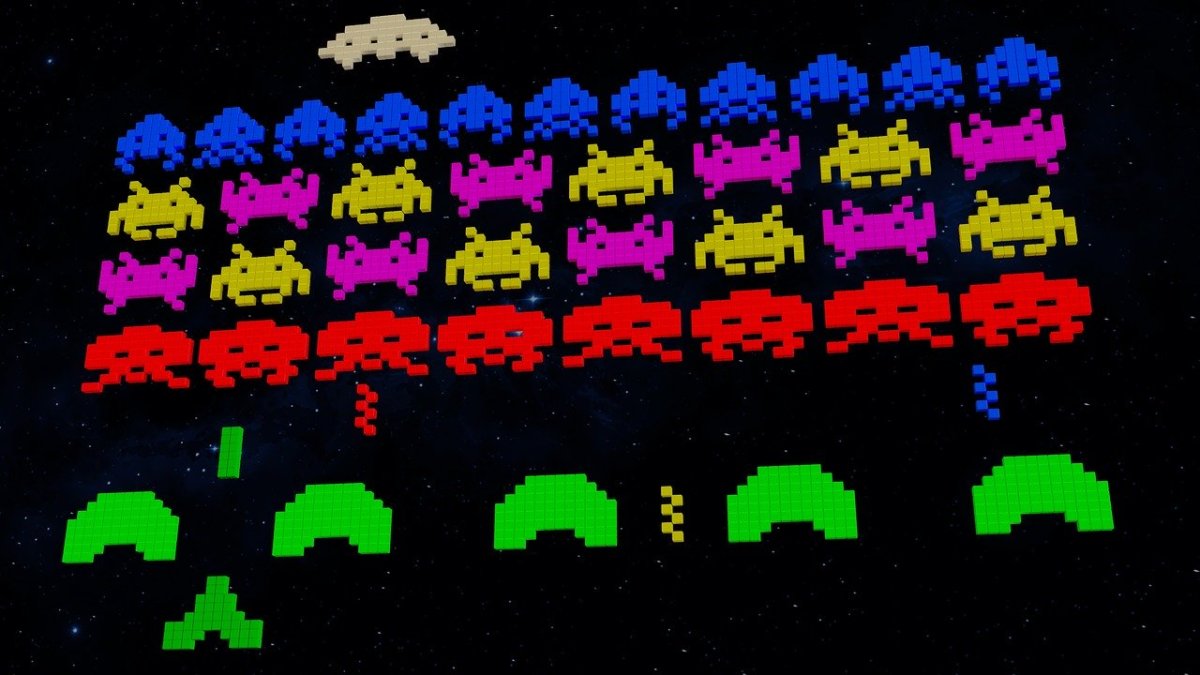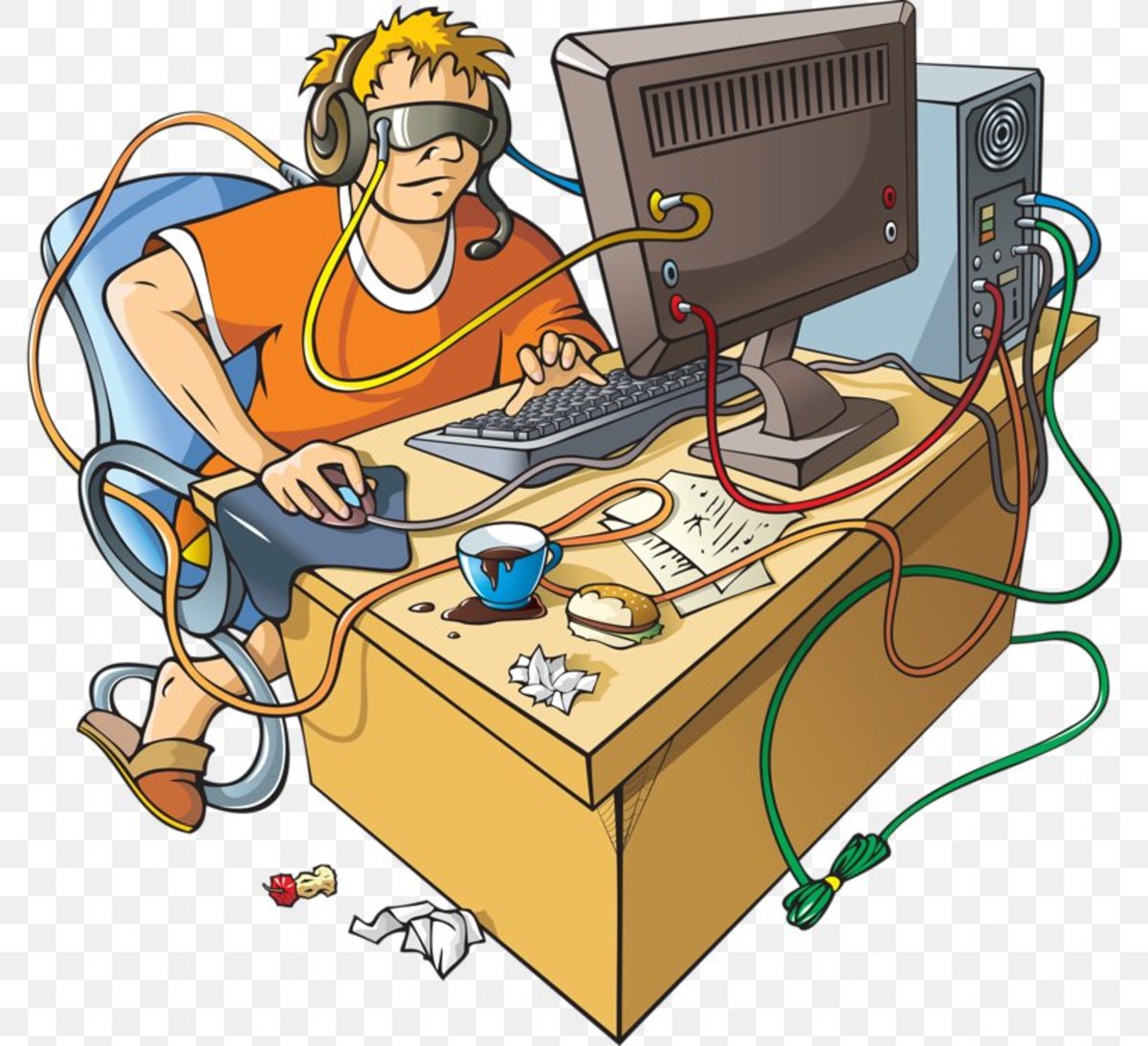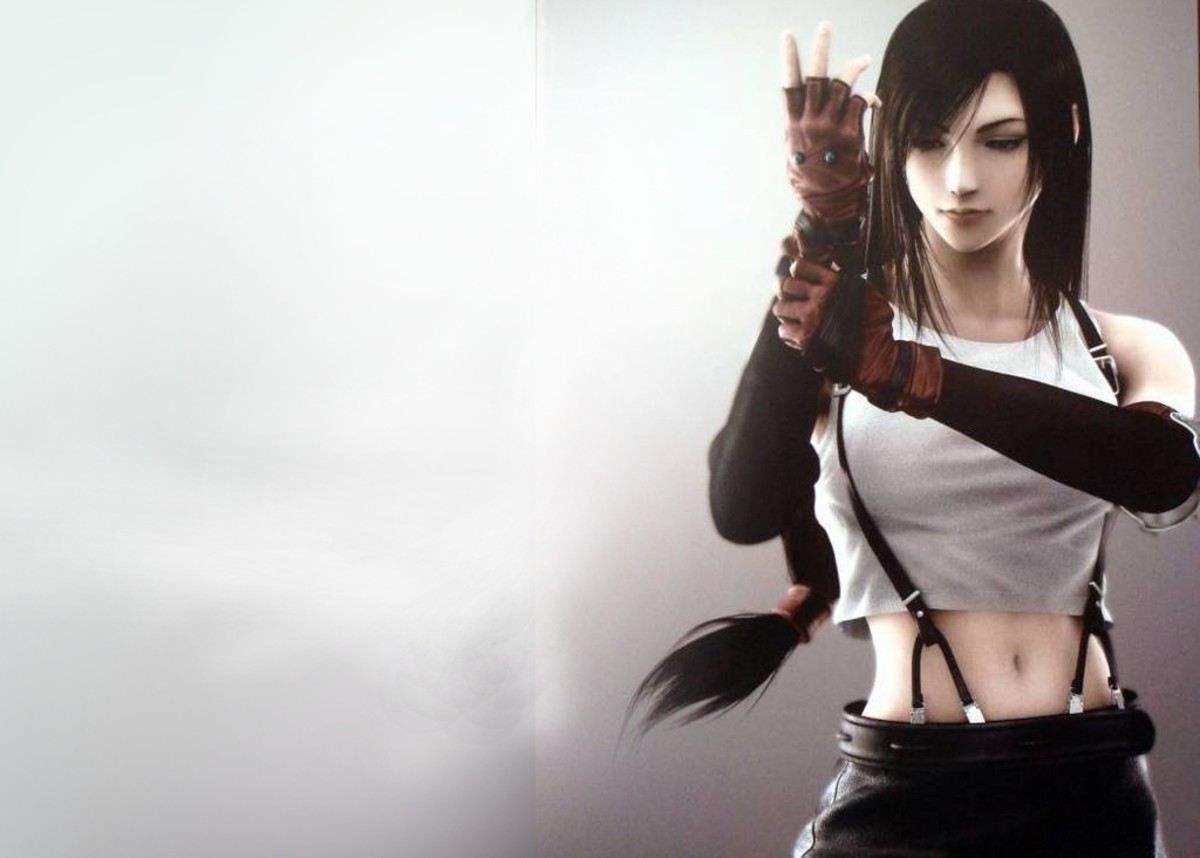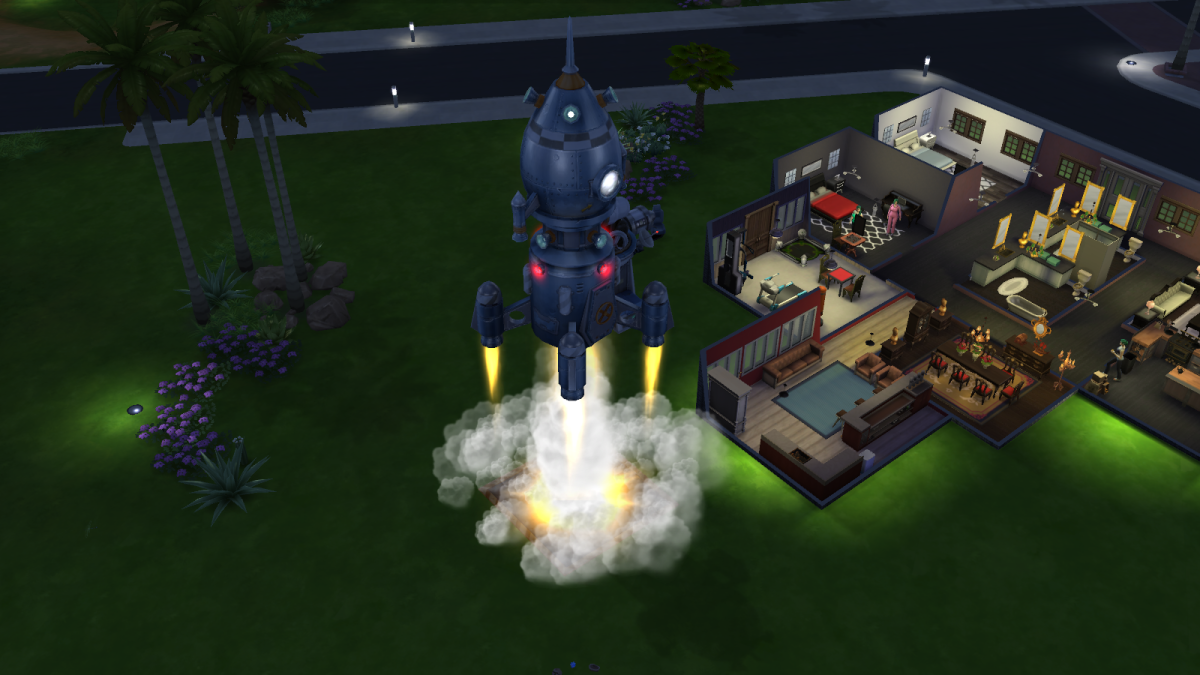Video Games as Art
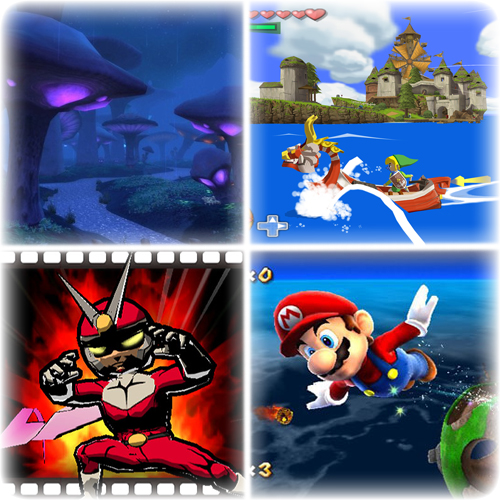
For a lot of people who don’t play video games, it’s easy to look at them and think “what’s so great about this? All they’re doing is killing each other over and over again.” When you see Scorpion decapitate Sub-Zero in Mortal Kombat, you probably aren’t thinking ‘this is really artistic’. On the opposite side, parents see games like Super Mario and the Legend of Zelda and think of them as little more than Saturday morning cartoons. And when was the last time you saw Spongebob in an art museum? But in the time I’ve spent with Video Games, it has become clear to me that this is a rich community of concept artists, designers and writers that create enduring works of art that consumers can actually be a part of. I bring this up for two reasons. The first is because government committees have, in the past, determined that video games do not qualify as art. Why they voted on this, and how they feel about it now, I have no idea, but clearly they weren’t judging the right games. The second reason is because graphics have reached a plateau in recent years. That’s not to say that games won’t continue to get more detailed, but it does mean that the public’s ability to differentiate between one game that is super detailed and one that is moderately detailed, is considerably less than in previous years. So in an age where ‘realistic’ games are all starting to look the same, the true artistic nature of video games will be tested. Below I’ve outlined a list of games I’ve played that I believe accurately represent the heights of gaming art. I will also have an honorable mentions category for games that are beautiful, but didn’t make the cut for whatever reason (or if I never played/finished them).
Please note that this list is not comprehensive, nor is it in any particular order. These are the games that I have personally played and consider to be artistically outstanding. In addition to the honorable mentions section, I encourage everyone to mention their favorite artistic game in the comments section.
World of Warcraft:
There’s a good chance you’re familiar with this game as it had, at one time, over 12 million players. While the general view of this game tends to be negative because of neglected wives and crippling addiction, anyone who has played the game can tell you how memorable and breathtaking some of the environments can be. From the starting areas that will leave you homesick just after hitting level 20, to the end game expansion areas that take you to alien worlds, a glacier filled with undead and under the ocean. Blizzard never ceases to amaze me with what they think of next, and the amazing thing is how well they’ve blended all of these different styles together. With a unique ‘cartoonish’ style, they’ve managed to keep the game relevant long after its expiration date. Not only that, but the new content always seems to fit perfectly with what’s already in the game. It’s as if this stuff has always been there and you just had yet to discover it.
Most Notable Artistic Moment: Outland. All of the expansions to WoW are beautiful, but the continent introduced in the Burning Crusade expansion pack was truly the most bizarre. Starting in a war torn hellish landscape, you then have the option to go to a crystal forest or a swamp with mushrooms the size of skyscrapers. After that is a sweeping green plain with floating islands of trees and a mountain range with massive dagger-like rocks that have impaled unlucky dragons. Then, when you reach the end you can choose between a demonically poisoned wasteland or a shattered arcane land, spotted with eco-domes that are attempting to bring life back to the world. Even though it’s old now, Outland is still my personal favorite for Warcraft’s artistic achievements.
The Legend of Zelda: The Wind Waker:
I would argue that all of the Zelda games possess artistic merit, but Wind Waker stands above the rest because the art style was such a point of controversy when it was released. It came on the heels of Ocarina of Time and Majora’s Mask, two games that followed a darker, more mature look for the series. So, imagine the surprise of fans when their favorite hero was suddenly turned into a cartoon with a big head and googly eyes. They weren’t happy. However, the same art style that enraged fans for years, is now the very reason why the game is so memorable and beautiful, even after all this time. The game takes place on a vast ocean where, once you obtain a boat, you can sail from island to island solving puzzles and trying to find your lost sister. The game is more than a living cartoon; every aspect of it, from the story to the music to the sound effects, all create an atmosphere that sets it apart from Zelda games that did not take such a bold leap in art design.
Most Notable Artistic Moment: The final battle. It’s difficult for me to describe this because it basically spoils the whole game. But I’ll provide a few hints as to why it is not only the most beautiful moment of the game, but also the most epic: ticking clock, rain, massive flooding, 1-on-1 sword battle a long time in the making, and the best final blow ever. I still get chills when I think about it.
Super Mario Galaxy:
Mario has the privilege of being the only character on this list who actually stared in an art-related game (Mario Paint). However it isn’t that game that takes home the prize. Nor is it Super Mario Sunshine, which I loved for its tropical theme and creative use of water. Rather, the most visually stunning Mario game is Super Mario Galaxy. In an attempt to try something new, and create a format for the Wii’s motion controls, Nintendo came out with a planet based hub world. This time, Bowser stole Princess Peach away into space and Mario must help re-power a massive space ship to travel after her. From the moment you select your first planet, it’s apparent that this game is going to be a roller coaster. Mario is literally shot off the ship, soaring majestically to his destination. Each planet has its own unique theme, and in some cases, its own unique gravity. If you have a weak stomach, this game may prove disorienting, but, if you give it time you’ll see how truly imaginative and innovative the puzzles are. The game was such a joy that it was the only Mario game where I HAD to get all of the stars.
Most Notable Artistic Moment: Mario on approach. While there are a great many levels that are truly memorable, my favorite part remains Mario’s first approach to each of the planets. The way he flies so seamlessly through the air, giving you an expansive look at the level while star bits fly at you from where your Wii cursor touches them. It conveys a sense of flight and wonder, instantly pulling me into a vast, epic world that is beautiful and challenging.
Burnout 3: Takedown:
There’s probably two things you’re asking yourself; why would I choose a racing game that doesn’t have a more unique art style (like Mario Kart or F-Zero) and of all the Burnout games, why Takedown? Well the answer to the first question is because the crashes in the Burnout series are a thing of beauty. The developer has gone to great lengths to make the crashes more epic and more like the movies. The result is a slow motion wreck with sparks flying and glass shattering. It takes what would be an angry moment (because you crashed) and turns it into a spectacle that you can’t help but appreciate despite all the cars whizzing past you. The game then takes this concept further and makes the crashes the star of the show in road rage and crash mode. The reason I chose Burnout 3 over the later installments of the game is because few have been able to match the sheer sense of chaos. This, combined with a radio and interface that always makes you feel like part of the action, and you’ve got a gem of a game.
Most Notable Artistic Moment: Road Rage. Like I said above, the star of the game is the crashes, and nothing gets your blood pumping like taking out your rivals, one after another, each one a beautiful display of crushed metal, while you blaze past them with your favorite music blaring from the speakers. If you get a big enough sub-woofer, you can even feel the air against your feet when you hit that boost.
The Elder Scrolls IV: Oblivion:
There are a lot of games out there that use the high fantasy model as their backdrop. There’s elves, sorcerers, castles and everything else we have come to expect in these kinds of games. What Oblivion did right, however, was capturing what we love most about high fantasy and bottling it in the land of Cyrodiil. Few games have been able to achieve realism and fantasy together in a way that you feel you could reach out and touch that inkwell sitting on that desk. Using the havoc physics engine in conjunction with cutting edge graphics (of the time) Oblivion came about as close to that as possible. It also made notable improvements over its predecessor (Morrowind) by making quests easier to find, and having the challenges scale with you as you level up, providing the greatest sense of freedom I’ve ever seen in a video game.
Most Notable Artistic Moment: The Imperial City. This city is so big that you can see it from practically anywhere on the map. The architecture, the multitude of quests, and the final battle all contribute to the sense of scale and wonder that exists throughout the game. Any time that I want to dive into a fantasy world, I reach for Oblivion.
Dead or Alive 2: Ultimate:
I went back and forth a lot when it came to picking a fighting game with the most artistic merit. My personal favorite (for its game play) is the Soul Calibur series. The detailed weapons and armor really set that game apart artistically. I also considered Mortal Kombat, which has turned bloody dismemberment into an art form all its own. But ultimately I chose Dead or Alive, not because I think it’s the most well designed, but rather because of how much time and detail they put into the game’s graphical system. I attribute this attempted perfection to the game’s creator and his obsession with large breasted anime women, which you’ll find in abundance here. I’m assuming that’s why the series jumped around arcades and consoles so much; because they were constantly chasing the next most powerful machine. But in any case, going back and playing one of the xbox titles is nearly indistinguishable from playing a similar game on the xbox 360. Maybe a keener eye could tell the difference, but even if you could, you can’t deny the game was smooth and pretty (not meant to be a pun).
Most Notable Artistic Moment: The rain level. I don’t remember the actual name of it, but there is a level in the game where it’s always raining and you beat the snot out of each other while lightning flashes and puddles splash. It’s a great way to amp up the adrenaline.
Beyond Good and Evil:
When I think back to the time that I played Beyond Good and Evil, I don’t necessarily remember it for the art style alone. It was moderately unique as it used a cartoonish style to realistically fit in talking animal people, but what sets it apart from other games, in my mind, is the whole picture. A unique story, sound track and characters create a very specific atmosphere for this game. You really get the sense of the conspiracy building on this gritty, industrialized water planet. I always thought it would have made a great movie, and was disappointed when the sequel stalled before it ever got off the ground (maybe one day that will change). But it’s one of those games with a cult following and the more you get into it, the more you love it.
Most Notable Artistic Moment: The little things. There are a lot of epic moments I remember enjoying from the game, but for this one it’s the little things that pull me back into the atmosphere. I remember walking through the lighthouse for the first time, seeing the orphaned children going about their business while the radio plays a news report of the most recent domz attack. There are things like that that happen everywhere in the game and it really helps to make you care for the characters and feel like a part of this world.
Eternal Darkness: Sanity’s Requiem:
I don’t play a whole lot of horror video games, mostly because I play to have fun and it isn’t all that fun to be terrified every moment of the game. But I’ve played quite a few memorable ones that stick in my mind artistically. The Call of Cthulhu, Resident Evil 4 and Alan Wake are all good examples, but Eternal Darkness was the one that set off a love of lovecraftian style horror for me. The game jumps around through time as the main character, Alex Roivas, discovers more pages from the Tome of Eternal Darkness. You get to play as many different people through difference centuries, each of them battling against the forces of darkness. It’s a game that the history channel would love because not only do you get to see various locations from different time periods, but the weapons also match up as well, going from Persian style sabers to early American muskets. You also get to see locations change over time. For example, a church in one era is later converted to a hospital during world war II (seen through a different character). A lot of care went into this game and it shows.
Most Notable Artistic Moment: The spells. While there are a lot of memorable locations in this game, my personal favorite aspect is the spell system. Using a combination of runes, you can create a number of different beneficial or attack spells. The fun part, however, is that once you engage the spell, you see each of the runes light up in a circle around your character, voiced by which ever god you chose as the main rune. This gets particularly tense and epic when you’ve got a monster barreling down on you and the runes are forming the spell like a ticking clock.
Viewtiful Joe:
Who would have thought that playing as a red and pink, power ranger knock off would be so darn cool? Playing Viewtiful Joe is like playing through a living comic book that parodies famous movies. Not only that, but you’re given beautifully executed, VFX powers that can slow time, speed it up, or zoom in on Joe for some fancy special attacks. It’s kind of a cult hit, but if you can get your hands on a copy, I highly recommend it.
Most Notable Artistic Moment: Henshin a go-go, baby! There are a lot of great one liners sprinkled throughout Viewtiful Joe (when the translations get it right), but the most memorable is Joe’s first introduction to his powers. From Captain Blue’s use of the word ‘heroness’ to Joe’s snappy transformation, it sets the stage for a game with style, humor and an off-the-wall sense of fun.
God of War II:
It’s bloody, it’s sexy and it is needlessly cruel, but it’s hard to deny that God of War’s recreation of Greek myth is anything but beautiful. The scale in particular earned this game a spot on the list. It is one that made you forget you were playing it on a system that was almost a decade old. Nearly every famous mythological character that makes an appearance gets a gritty new upgrade and leads you further down the epic storyline. I picked the second game in the series because it really increased the scale and story that was established in the first game.
Most Notable Artistic Moment: One of the moments I remember most fondly is running down the length of a massive chain that is keeping four giant horses at bay. It’s part of a lengthy puzzle that opens up a new area of exploration, but the scope of it was executed so brilliantly that the technical limitations of the PS2 were virtually indistinguishable. The entire game was filled with moments like this, making it an artistic achievement, regardless of what you might think of the violence in the game.
Honorable Mentions:
Some of these games I’ve played. Some I started then never finished. And some, I’ve never even owned a copy. For those, my knowledge of their artistic value is based on reviews and word-of-mouth.
- Okami
- Bioshock
- Shadow of the Colossus
- Limbo
- Metroid Prime
- Prince of Persia
- Rayman
- SSX 3












